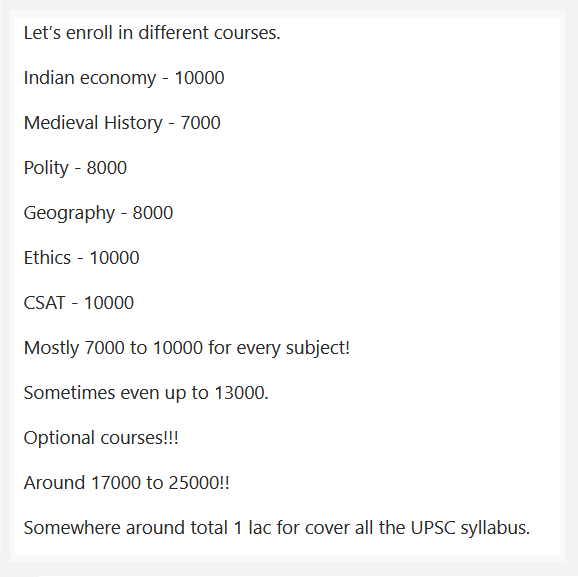2. Subscription model
2. Subscription model
As descriptive by name; in the subscription model, you make our users pay & commit for a longer time duration.

Why subscription? 🏳️
1. Users can’t discover the true value unless engaged for long 🍌
Dating apps (think Bumble), OTT platforms, digital media publishers (think Ken), etc; need their users to stick with them for a longer time to unleash the true value. Imagine paying & being on a dating app for a couple of days. Oops! You would be so disappointed that you would never come back!

2. Reduces customer acquisition cost (CAC) 🍗
Let’s come back to CAC again! Patrick Campbell, the Founder & CEO of ProfitWell & the OG of SAAS pricing mentions that the rise of the subscription pricing model (post-2015) is directly correlated to an increase in CAC.He mentions that post-2015 CAC has increased a lot because the cost of building products has considerably gone down and hence so many players have erupted in the ‘same’ market who are fighting for the same attention span.
Additionally, no major acquisition channel has come up post-2015 except Tiktok. This has also pushed the CAC higher. (Remember how cheap Instagram, FB ads, and Google Adwords were in the initial days.)
Humans are lazy. Every time they make a buying decision; a lot goes behind the decision-making process. (Cognitive load🧠)So, every time you are trying to push a payment; you are trying to remove the friction of decision making. It has a cost.
Let’s see a very simplistic model to understand why subscriptions are a way better pricing model than per pay transaction model solely from the cost of acquiring customer point of view.

Subscription disguised as a one-time payment 🍟
Subscription payment has traditionally been recurring with the option to cancel when you want. Think Netflix. Think newspapers.
In India, you will not find a lot of consumer tech companies sticking to recurring payments. (But why?)
The Ken subscription - supports only one-time payment

Every time you are asking your user to pay; there is a possibility of losing out on the transaction (churn in a fancy world). For the same reason, Amazon Prime India didn’t launch its monthly subscription for a very long time post-launch.
In the use case podcast, Dr Sreelata Jonnalagedda, Associate Professor at IIM Bangalore says that the regulation in India inhibits recurring payments. There is a lot of friction that comes in the way.
**
All these and you would find numerous pricing models disguised as a subscription but just supports one-time payments.
Pharmeasy Plus also supports one-time payment in their subscription package

Subscription & Unacademy 🧬
When Unacademy started monetizing its free product in 2019; they went with pay-per-course pricing.
Their hypothesis was that more learners would want to pay only for specific content from a particular educator and pushing a high ticket price subscription would be hard.


The pricing model backfired. (You can check this reaction on Quora). Most learners who wanted coaching desired a comprehensive bundled package of the entire syllabus.
Subscription costs less than an unbundled offering 🎁
Power users love subscriptions. As we have discussed above, as a subscription has a higher lifetime value; it can be bundled with much more value at a lower price. A Quora user mentioned that buying individual courses that would cover the entire syllabus would cost them ₹1 lakh+. (And pushing so many transactions isn’t easy as our mind goes through the same cognitive load while making a purchasing decision.)

Unacademy (eventually) shifted to a subscription pricing 🧸
Considering the lifecycle of government exams (which is typically 2-5 years for an aspirant) subscription helped Unacademy nail its pricing.
